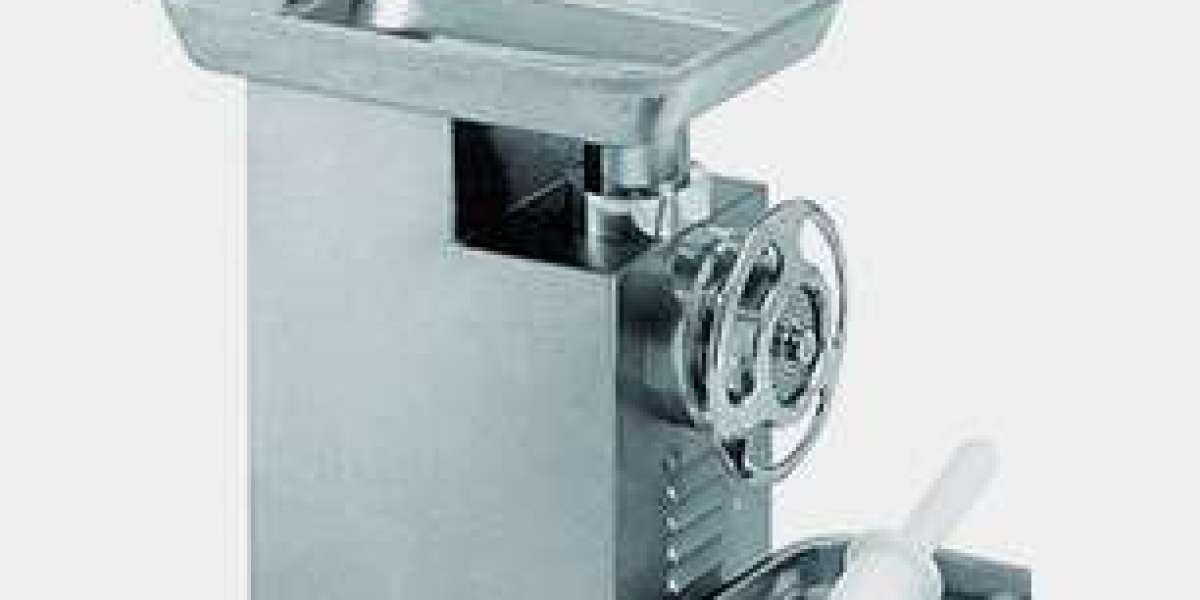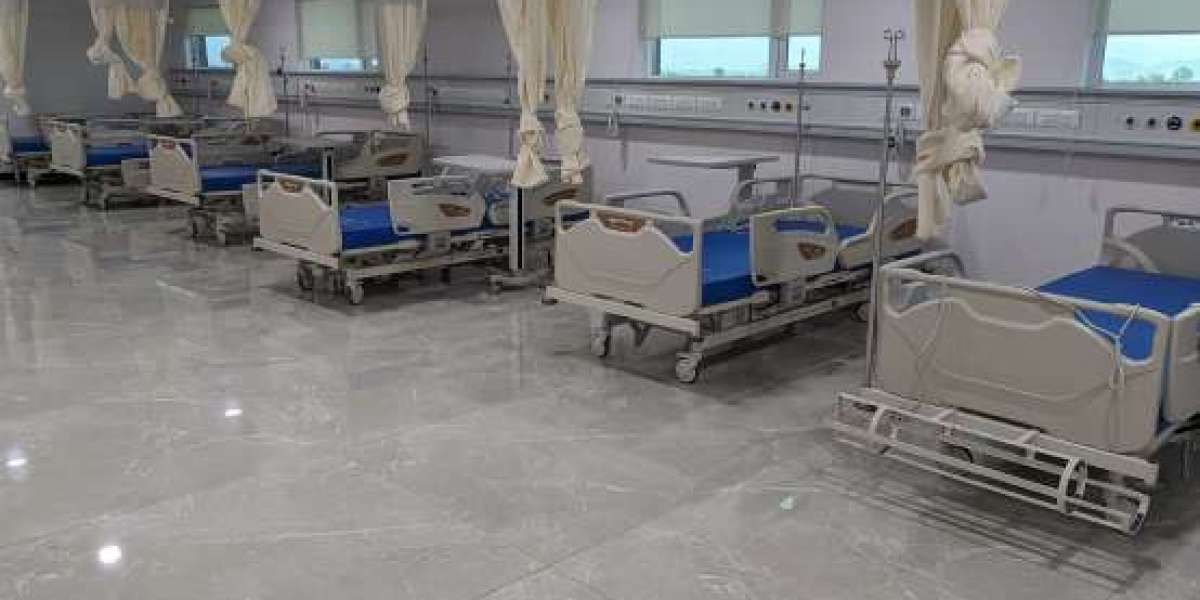Choosing the right commercial food processor can make a world of difference in a busy kitchen, especially when preparing meals for a large number of people. With this powerful tool, food prep can be simplified, more efficient, and consistent. From chopping and dicing to pureeing, a reliable food processor will help you get the job done with ease. However, selecting the right model requires some careful consideration to ensure it meets the needs of your kitchen setup.
Key Features to Consider in a Commercial Food Processor
When picking a commercial food processor, certain features are essential for getting the best value. Here’s what I focus on when evaluating options:
1. Capacity and Bowl Size
Assess Your Kitchen’s Needs: If your kitchen handles large batches of ingredients regularly, look for a commercial food processor with a high-capacity bowl.
Multiple Bowl Options: Some models offer interchangeable bowls, giving you flexibility for different preparation needs.
2. Motor Power and Durability
Power Rating: Look for a processor with a strong motor that can handle heavy-duty tasks. Motors in commercial models should generally range from 600 to 1200 watts for optimal performance.
Overheat Protection: Ensure the motor includes a mechanism to prevent overheating, which is common in high-volume settings.
3. Blade Variety and Quality
Versatile Blades: A quality commercial food processor should include multiple blade options for tasks like slicing, grating, and dicing.
Material and Sharpness: Opt for stainless steel blades, which retain sharpness longer and withstand repeated use.
4. Ease of Cleaning and Maintenance
Removable Parts: Look for a design with removable, dishwasher-safe parts to simplify cleaning.
Smooth Surfaces: Machines with minimal crevices and detachable components can prevent food from getting stuck and are easier to sanitize.
5. Speed Settings and Controls
Adjustable Speeds: Multi-speed options allow for more control over food consistency, whether you’re chopping vegetables or blending sauces.
Simple Controls: Ensure the controls are easy to operate, especially if multiple staff members will use the food processor.
6. Noise Level
Quiet Operation: Some food processors have noise-dampening features that are helpful in open kitchens or quieter dining environments.
Rubber Feet: Non-slip feet can help reduce vibration and noise, keeping the machine stable during use.
7. Safety Features
Safety Locking Mechanism: Ensure the machine has a secure locking system that prevents it from starting unless the bowl and lid are properly in place.
Overload Protection: Look for processors that automatically shut off when overloaded, which protects both the motor and the user.
Types of Commercial Food Processors to Choose From
Commercial food processors come in different types, each suited for particular tasks. Knowing which one fits your needs can make a significant impact on your kitchen efficiency.
Batch Bowl Food Processors
Best for High-Volume Prep: Ideal for creating large quantities of ingredients in one go.
Easy Storage of Ingredients: You can store processed food directly in the same bowl, saving time.
Continuous Feed Food Processors
Great for Continuous Operation: These machines process food as it’s fed through, which is ideal for bulk prep.
Reduced Prep Time: You don’t have to stop and empty the bowl as frequently, which is perfect for high-demand kitchens.
Combination Food Processors
Versatile Option: Offers the benefits of both batch and continuous feed processors.
Cost-Effective Choice: These are great if you need a multi-functional food processor that saves both space and money.
Benefits of Investing in a Quality Commercial Food Processor
Purchasing a high-quality commercial food processor can transform the way your kitchen operates. Here are some benefits I’ve noticed that help justify the investment:
Time-Saving: High-speed processing can cut down prep time, allowing your staff to focus on other tasks.
Consistent Quality: Uniform cuts and processing create better-looking and more consistent dishes.
Improved Safety: Modern safety features protect staff, which is crucial in a busy commercial setting.
Long-Term Durability: Investing in a durable model means fewer breakdowns, saving on repair and replacement costs over time.
Final Thoughts on Choosing the Right Commercial Food Processor
Selecting the best commercial food processor means assessing the specific needs of your kitchen. By considering features like capacity, motor power, and blade variety, you’ll ensure that your food processor enhances productivity and keeps operations running smoothly. Remember, this tool can be a major investment in your kitchen’s efficiency, so choose wisely.








